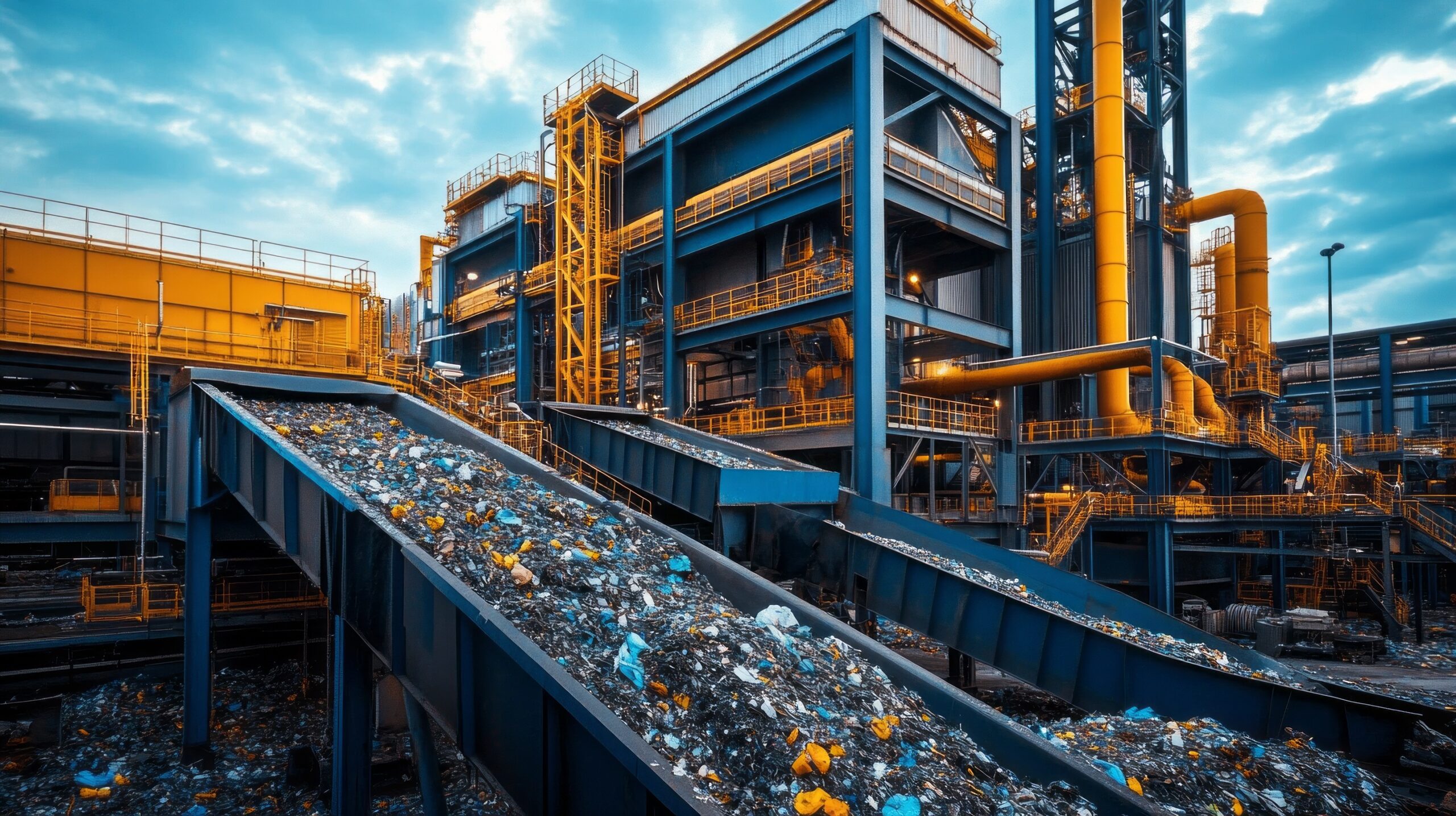Over the course of my career in waste management, I’ve seen firsthand how essential our systems are to everyday life—and how vulnerable they can become when disaster strikes. As extreme weather events increase in frequency and intensity due to climate change, it’s no longer enough for our waste infrastructure to be functional. It also has to be resilient.
From hurricanes and floods to wildfires and ice storms, these events test the limits of public services. Solid waste systems, in particular, play a crucial role in recovery—but only if they’re built and managed with adaptability in mind. Here’s what I’ve learned about preparing these systems to weather the storm.
Waste Doesn’t Stop for Storms
It might seem like waste management could take a backseat during a major storm, but the reality is just the opposite. After any extreme weather event, the amount of debris and waste generated can be staggering. Fallen trees, damaged furniture, broken appliances, spoiled food, construction debris, and even hazardous materials all pile up quickly. If the waste isn’t handled properly and promptly, it becomes a public health risk.
That’s why solid waste systems have to be considered a critical part of emergency response planning. The faster we can collect, sort, and dispose of storm debris, the faster a community can begin to recover.
Building Resilience Starts Before the Storm
Adaptation doesn’t begin the day the storm rolls in—it starts long before, with smart planning and infrastructure investment. In flood-prone areas, for example, we need to rethink where and how we build landfills and transfer stations. Elevating equipment and reinforcing site access roads can help maintain operations when water levels rise.
In coastal regions, hurricane preparedness means staging temporary debris management sites, ensuring fleet readiness, and training staff in disaster response protocols. For wildfire-prone areas, it might involve creating defensible space around facilities and securing hazardous waste to prevent it from becoming fuel.
These proactive steps aren’t always flashy, but they make a big difference when the pressure is on.
Flexibility Is Key
One of the most important lessons I’ve learned in managing waste during extreme weather is the value of flexibility. A system that’s too rigid will break under stress. We need to design processes and logistics that can pivot quickly when the situation changes.
For example, during a hurricane recovery effort, traditional pickup routes may be blocked by debris or flooded. In those moments, you can’t just wait for conditions to improve—you have to reroute, shift resources, and communicate clearly with the public. Temporary drop-off points, emergency contracts with private haulers, and pre-approved mutual aid agreements between cities or counties can keep things moving when your primary system is overwhelmed.
Communication Is as Important as Collection
When chaos hits, people are looking for clarity. Where should they bring debris? What kind of materials will be collected, and when? What safety precautions should they follow?
Clear, frequent, and consistent communication is essential. I’ve found that during recovery efforts, residents are more likely to cooperate when they understand the plan and feel confident that their needs are being addressed. Using multiple channels—social media, local radio, text alerts, and even door-to-door flyers—helps get the message out and ensures everyone, including those without internet access, stays informed.
Partnerships Make Recovery Possible
No single agency can manage extreme weather recovery alone. That’s why building strong partnerships is a must. Over the years, I’ve worked closely with emergency management teams, public works departments, utility companies, and contractors to create coordinated response plans.
Private haulers, in particular, can play a crucial role in supplementing municipal resources during high-demand periods. Environmental consultants can help assess hazardous waste risks. Nonprofits and local volunteers often pitch in to support cleanup efforts. Having those relationships in place before disaster strikes helps streamline recovery and reduce the burden on any one group.
Lessons from the Field
I remember two severe Category 5 hurricanes that brought down trees and power lines across an entire region. Streets were impassable. Landfills were temporarily closed. And yet, within days, we began accepting waste at our temporary debris management sites and the public works department had started clearing major roads. We saw an incredible volume of vegetative and construction and demolition waste, but we processed the debris efficiently thanks to pre-arranged contracts.
It wasn’t easy—but the community came together, and the systems we’d prepared ahead of time made a difference.
Looking Ahead
Climate change isn’t a distant threat—it’s happening now. And as the intensity of weather events continues to grow, so does our responsibility to adapt. Solid waste systems must evolve from being simply operational to being resilient, flexible, and forward-thinking.
Investing in infrastructure upgrades, updating emergency response plans, training staff, and educating the public are all part of that evolution. But more than anything, it takes a mindset shift—understanding that waste management is not an afterthought during a crisis, but a cornerstone of community resilience.
From Recovery to Readiness
In my work, I’ve seen how communities come together in the face of disaster. I’ve seen how effective waste management speeds recovery and restores hope. And I’ve seen how planning and leadership—long before the skies turn gray—make all the difference.
We can’t control the weather, but we can control how we prepare for it. We have a saying in the waste industry – “The trash monster never sleeps.” Adapting waste management systems for extreme weather isn’t just a professional priority for me—it’s a personal one. Because when the storm hits, the real work begins—and I want to make sure we’re ready.
